This 120ml safe and durable PET serum bottle is ideal for beauty and skincare pa...
Skin care product packaging Manufacturers
-
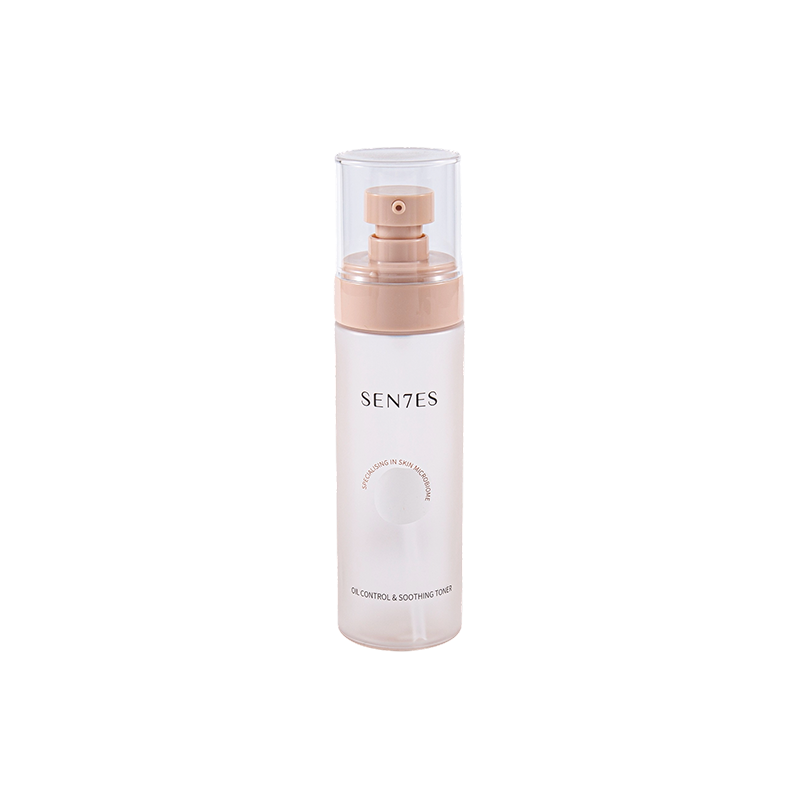
-
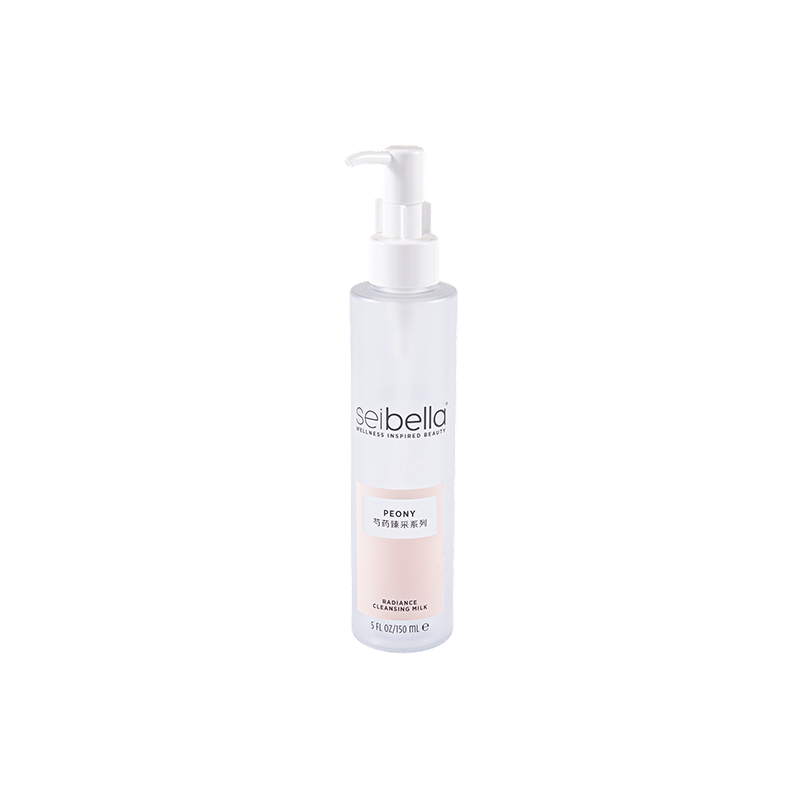 150ml transparent PET lotion bottle
150ml transparent PET lotion bottleThis 150ml transparent PET lotion bottle is a practical choice for beauty and sk...
-
 100ml shatterproof and heat-resistant PET lotion bottle
100ml shatterproof and heat-resistant PET lotion bottleThe 100ml shatterproof and heat-resistant PET lotion bottle is ideal for skincar...
-
 50ml compact and exquisite PP jar
50ml compact and exquisite PP jarThis 50ml Small and Exquisite PP jar is ideal for packaging children's face crea...
-
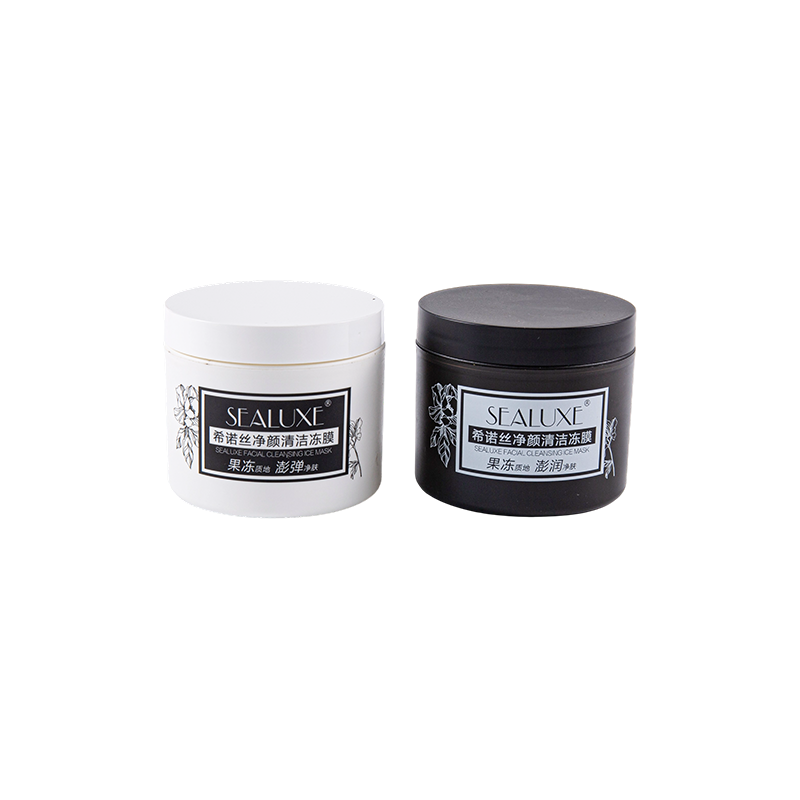 110ml wide-mouth PP jar
110ml wide-mouth PP jarThis 110ml wide-mouth PP jar is ideal for packaging creams. Available in white o...
-
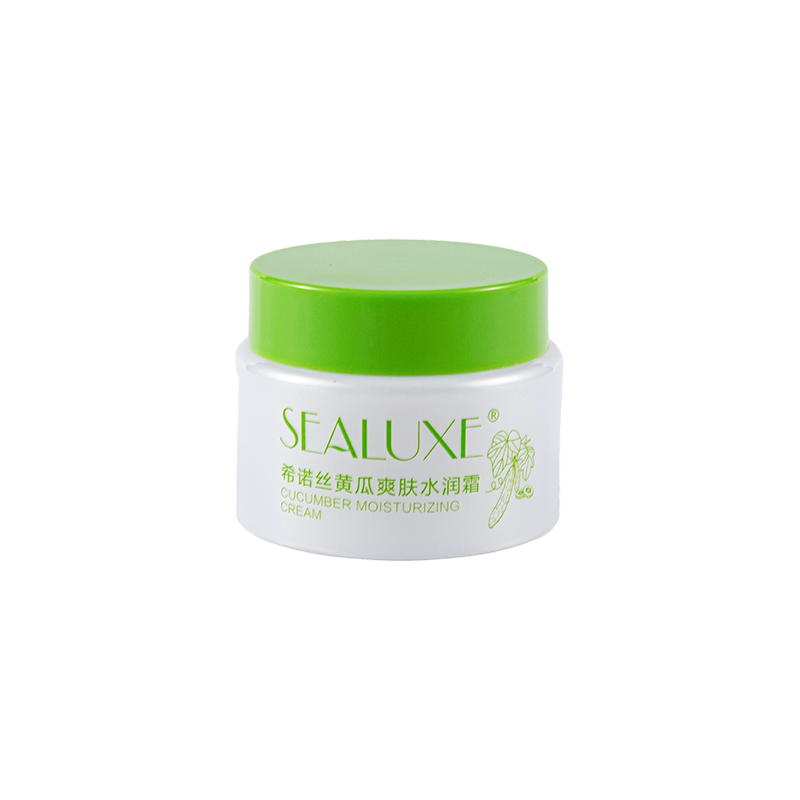 50ml white pp jar
50ml white pp jarThis 50ml white PP jar features a clever design. The pure white jar paired with ...
-
 100ml transparent domed PET spray bottle
100ml transparent domed PET spray bottleThis 100ml transparent domed PET spray bottle features a simple white color sche...
-
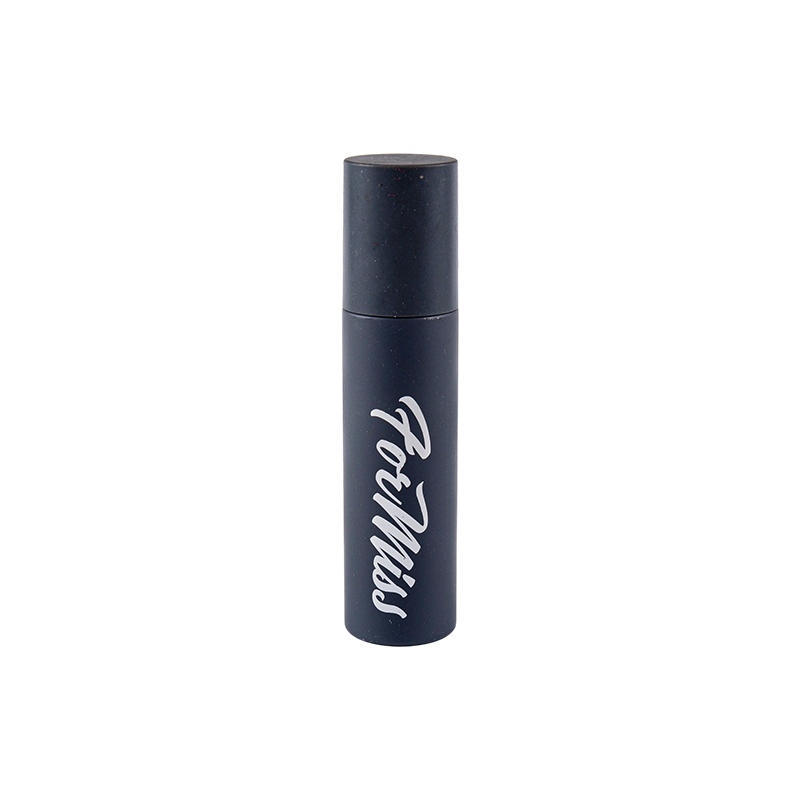 150ml lightweight and shatter-resistant PET spray bottle
150ml lightweight and shatter-resistant PET spray bottleThis 150ml lightweight and shatter-resistant PET spray bottle is made of lightwe...
-
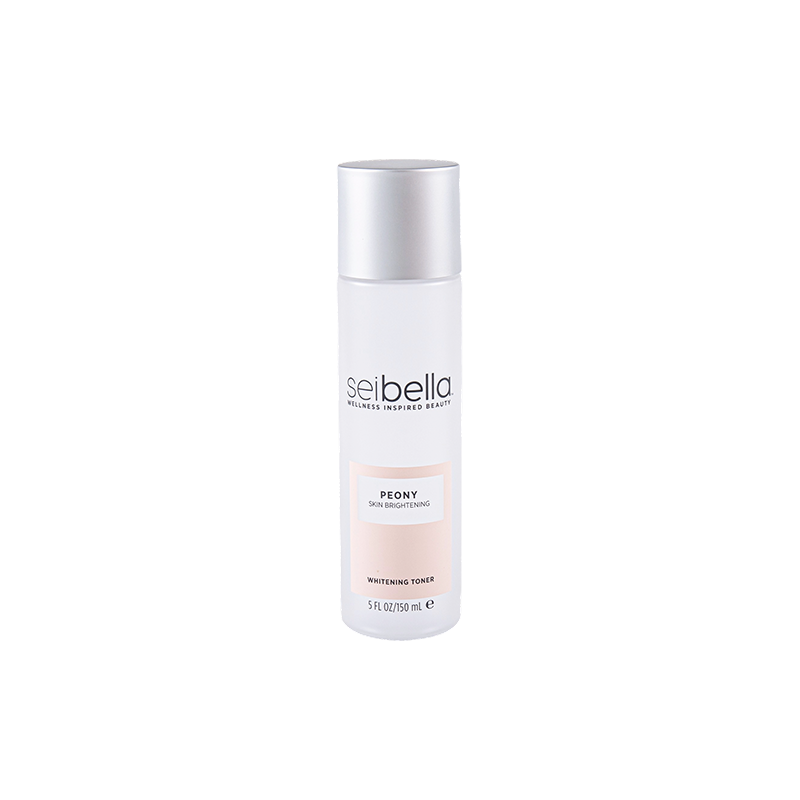 150ml Simple Stylish PET Bottle
150ml Simple Stylish PET BottleThis simple and stylish 150ml PET bottle is ideal for skincare packaging, clever...
-
 200ml Transparent Frosted PET Bottle
200ml Transparent Frosted PET BottleThis 200ml transparent frosted PET bottle is ideal for beauty and skincare packa...
-
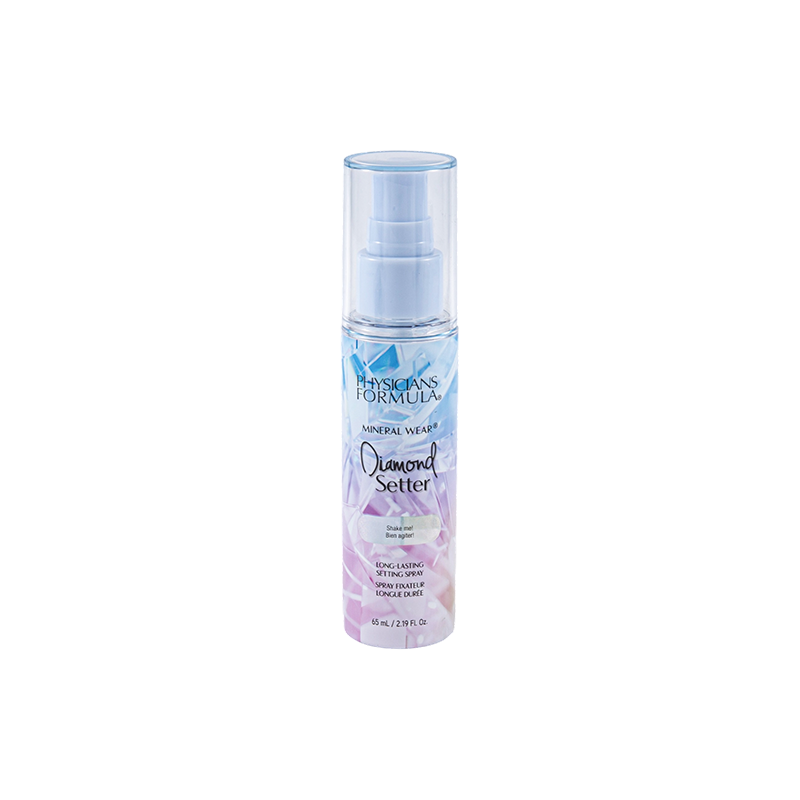 60ml Transparent Portable PET Bottle
60ml Transparent Portable PET BottleThis 60ml transparent portable PET bottle is ideal for beauty packaging. Made of...
-
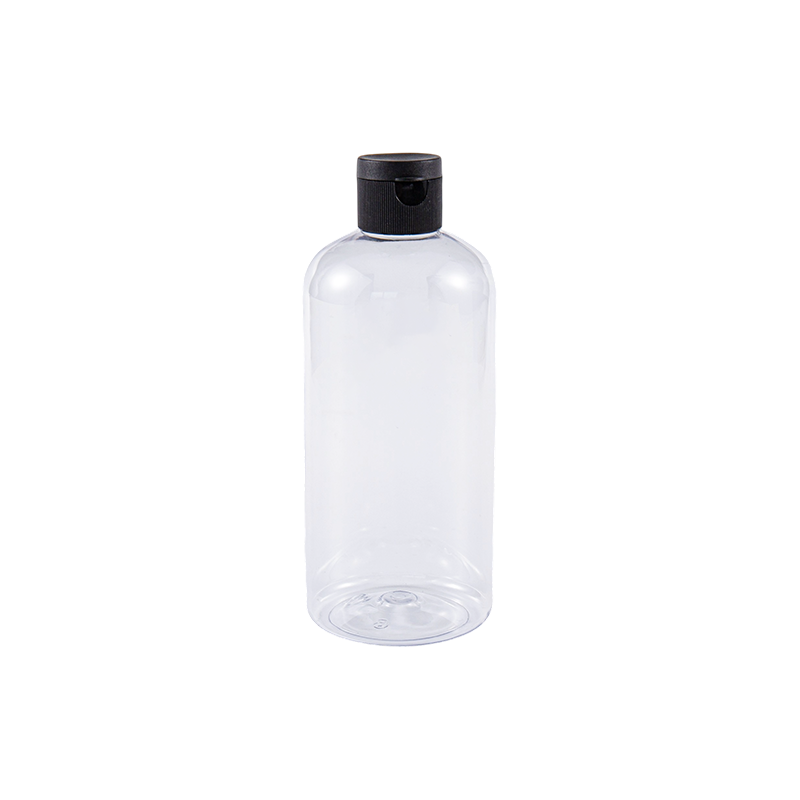 500ml Transparent Simple PET Bottle
500ml Transparent Simple PET BottleThis 500ml transparent simple PET bottle embodies practical aesthetics with its ...
Empowering beauty and personal care brands with high-quality solutions, a luxury-grade carrier of aesthetics and functionality. Made of food-grade HDPE/PET/PP, with precise dosage control, anti-deterioration protection, and airtightness to extend shelf life.
Skin care product packaging plays a vital role in both protecting the product and enhancing the customer experience. More than just a container, it serves as a visual and functional extension of the brand. Modern skin care packaging is designed with several key features in mind: protection, convenience, hygiene, and sustainability. High-quality materials such as airless pumps, glass bottles, or recyclable plastics help shield products from air, light, and contamination, ensuring freshness and extending shelf life. Leak-proof caps and easy-to-use dispensers offer a mess-free, user-friendly experience, while travel-size options provide convenience on the go. Visually, packaging influences first impressions and buying decisions. Attractive designs, soft-touch finishes, and clear labeling create trust and communicate the brand’s promise. Whether it’s a minimalist serum bottle or a luxurious cream jar, the packaging tells a story about the product inside—natural, clinical, or eco-conscious.In terms of application, well-designed packaging supports a wide range of skin care products—from cleansers and toners to masks, serums, and moisturizers. For example, pump bottles prevent oxidation for vitamin C serums, while tubes with applicator tips are ideal for eye creams. Jars may come with spatulas to promote hygiene and prevent cross-contamination. Moreover, refillable packaging solutions are gaining popularity, helping brands reduce waste and build loyalty with environmentally aware consumers. In today’s competitive market, skin care packaging is not just about aesthetics—it’s a strategic tool for communication, safety, and sustainability. Brands that invest in thoughtful, functional packaging not only elevate their product's appeal but also strengthen consumer trust and drive repeat purchases.
Suzhou Brotherpacking Plastic Co., Ltd. , established in 2013, is a professional manufacturer specializing in custom plastic packaging for the daily chemical industry. As Skin care product packaging Manufacturers and OEM Skin care product packaging Factory, with a fully integrated production system — including in-house mold design, product development, injection and blow molding, labeling, and final assembly — we serve a wide range of packaging needs for skincare, haircare, body care, and home care brands. Our facility includes an independent mold workshop, high-speed CNC machines, over 50 injection machines and 30+ blow molding machines, supporting multiple material types such as PE, PP, PET, and PETG. Products are exported across Europe, the Americas, and Southeast Asia. Support Custom Skin care product packaging. At BrotherPack, we uphold the spirit of craftsmanship and continuous improvement, delivering high-quality, flexible, and scalable packaging solutions trusted by global clients.
-
25+
Years of Industry Experience
-
20000㎡
Manufacturing Facility
-
150+
Skilled Employees
-
100+
Advanced Production Machines
-
1. Choosing the Right Disinfectant Spray Bottle Picking an appropriate disinfectant spray bottle begins with matching bottle material and nozzle design to the chemical you plan to use. Common bottle materials include PET, HDPE, and simple glass-lined options—each has specific chemical compatibilitie...
READ MORE -
Shower gel has become an indispensable part of our daily hygiene routines. While much attention is paid to the ingredients and fragrance of shower gels, one often overlooked component is the container that holds it—the Shower Gel Plastic Bottle. The durability of these bottles is crucial, not just f...
READ MORE -
Overview: What "Plastic Cream Jars" Mean for Cosmetics Plastic cream jars are the primary refillable or single-use containers used for creams, balms, gels and high-viscosity skincare products. They vary by polymer type, closure, capacity and finishing—each attribute affecting product stability, bran...
READ MORE
1. Materials selection for barrier performance and feel
Practical material selection goes beyond "glass vs. plastic" — choose materials based on quantified barrier metrics (oxygen transmission rate, water vapor transmission rate, light transmission percentage) and tactile requirements (surface coefficient, thickness). For oxygen-sensitive serums, polyethylene terephthalate (PET) with an EVOH or SiOx barrier layer often balances cost and oxygen barrier; for very high-barrier needs consider laminated glass or multi-layer co-extruded tubes. When specifying substrate, require suppliers to supply measured OTR and WVTR values at stated temperature/humidity so you can model shelf life impacts rather than guessing.
Key test values to request from converters
- Oxygen transmission rate (cc/m²·day) at 23°C/50% RH and at accelerated conditions (e.g., 40°C/75% RH).
- Water vapor transmission rate (g/m²·day) under the same controlled conditions.
- Light transmittance % across 200–800 nm (critical for photo-oxidative actives).
- Surface energy/contact angle (relevant for adhesive label bonding and coating performance).
2. Compatibility testing: packaging × formula interactions
Compatibility testing should be done early and be formula-specific. Tests should include migration (GC-MS/HPLC of extractables), sorption (loss of active/solvent into skin care product packaging), discoloration, and mechanical effects (swelling/softening of elastomeric seals). Use accelerated aging (e.g., 40°C/75% RH for plastic; 50°C for short bursts) but always correlate accelerated results back to real-time data when possible.
A practical compatibility plan (minimum)
- Initial extraction screen: solvent blanks of packaging components analyzed for extractables.
- Short-term sorption: quantify active loss into substrate after 7, 14, 28 days.
- Container closure integrity on filled units (pressure decay or vacuum decay depending on closure).
- Visual and olfactory checks for discoloration or off-odors after stress.
3. Dispensing design to reduce contamination and waste
Design choices for pumps, droppers, and tubes impact both microbial risk and consumer usage. Airless pump systems reduce air ingress and preserve actives; metered pumps ensure dose consistency and reduce overuse. Consider valve designs with integrated filters if product will be used around the eye area or applied to compromised skin.
Practical dispensing features to specify
- Airless piston with one-way valve and silicone barrier for high-oxidation-sensitivity formulas.
- Metered dose pumps calibrated to deliver 0.2–0.5 mL for serums (document acceptable dose range with RSD ≤10%).
- Tamper-evident sealing that does not require full removal by elderly users (consider pull-tabs with easy-peel features).
4. Regulatory labeling and claims that affect packaging choices
Packaging must carry legally required information (ingredient declarations, net quantity, warnings, batch code, manufacturer/distributor address) placed legibly and durably. Certain claims (e.g., "recyclable," "biodegradable," "compostable") require evidence and often influence material selection — e.g., to claim "compostable" you may need EN 13432 certification and appropriate compostability logos, which excludes many multi-layer films.
Label durability & marking checklist
- Placement of net weight in metric units and font size per regional regulations.
- Batch/lot code and expiry or PAO (period after opening) symbol location and format—ensure permanent marking method for glass vs. plastic (inkjet vs. laser etch).
- Claims substantiation file: keep supplier certificates, third-party test reports, and artwork approvals together for audits.
5. Sustainable design and end-of-life planning
Design for recyclability often conflicts with barrier or aesthetic choices. Apply the "recycle-first" hierarchy: mono-materials > easily separable components > recyclable inks > reduction of mixed materials. If using multi-materials for barrier, provide clear consumer instructions for separation or label with EPR-compliant icons. Consider refill systems — if introducing a refill pouch, ensure pouch material has a lower lifecycle GHG footprint and that the closure is compatible with the primary unit.
Material sustainability comparison (quick reference)
| Material | End-of-life | Suitability |
| Glass | Widely recyclable | Good for oils/actives, heavier weight |
| Mono-polyethylene (PE/HDPE) | Recyclable where streams exist | Good for squeezables, recyclable if mono-material |
| Multi-layer laminates | Often not recyclable | Excellent barrier, low material weight |
6. Anti-counterfeiting and authentication methods
Counterfeits are a major risk for premium skincare. Options range from overt (holograms, tamper-evident seals) to covert (microtext, taggants, covert inks readable under UV) and forensic (DNA markers, isotopic tagging). Choose a layered approach: a consumer-verifiable overt feature plus a supply-chain-level covert or forensic feature for enforcement.
Implementation checklist
- Decide which SKU tiers warrant forensic tagging vs. overt features (cost-benefit analysis).
- Integrate authentication mark into artwork and manufacturing steps; avoid last-minute stick-ons that are easily copied.
- Maintain a secure database of serial numbers/unique QR codes for scan-to-verify systems.
7. Filling, capping and supply-chain robustness
Skin care product packaging selections must be validated on the intended production equipment. Consider tolerance stacks (bottle mouth finish variance, cap inner skirt tolerance) to ensure consistent sealing and torque. Also plan supply-chain resilience: dual-sourcing for critical components, safety stock calculations based on lead times, and clear change-control procedures with suppliers to manage material, color or finish changes that can affect fill lines or labeling.
Operational requirements to include in RFQs
- Maximum dimensional tolerance limits for neck finish, headspace and cap threads; include gauge drawing.
- Recommended capping torque range and cap push-on/final torque verification method.
- Minimum order quantities, lead times, and documentation for material certifications and change notifications.

 English
English Español
Español




